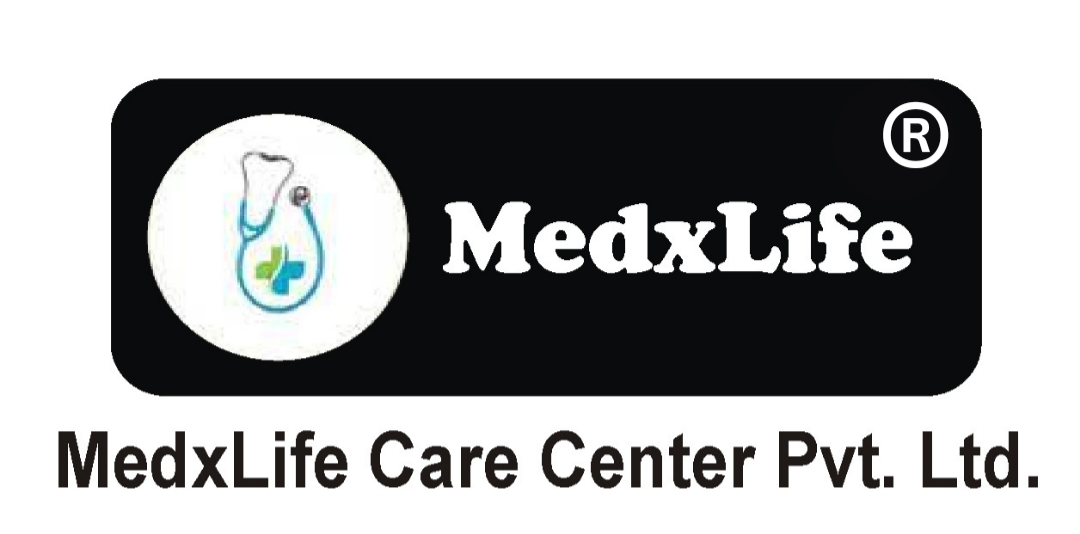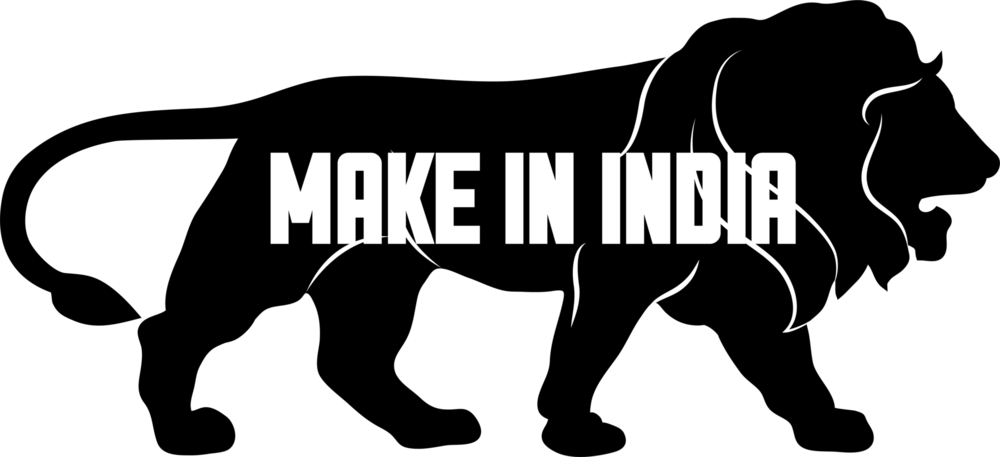Inflammation (Introduction) :
Inflammation in simple words may be defined as a fundamental protective response.
There are mainly 4 cardinal signs of inflammation given by Celsius
W- Warmth( Latin- Calor)
E- Erythema (Latin-rubor)
E- Edema (Latin – Tumor)
P- Pain( Latin-dolor)
Note- Fifth sign was given by Virchow- Loss of function ( Latin-function laesa)
Events that take place in Inflammation-
a)Vasoconstriction- It is the earliest and transient change in acute inflammation
b)Vasodilation
c)Increase in vascular permeability- Hallmark of acute inflammation, It affects venules mostly
d)Stasis- Increase vascular dilatation and fluid loss will increase viscosity and RBC concentration to develop stasis.
Cellular Events
It consist of leukocytes movement from intravascular lumen to the site of inflammation
It has following steps,
1)Margination- In this the leukocytes are the periphery of blood vessels and transiently adhered to endothelium.
2)Rolling- It means movement of leukocytes with intermittent attachment and detachment of receptors with endothelium.
3)Adhesion- It means firm adhesion of the leukocytes to the endothelial cells.
4)Pavementing- Endothelial lining covered by leukocytes.
5)Diapedesis- Occurs mainly in post capillary venules except in lungs where it occurs at capillaries. Transmigration of leukocytes through endothelial gap
6)Chemotaxis- Unidirectional movement of leukocytes towards chemotactic stimuli.
7)Phagocytosis- Cells are monocytes, neutrophils, macrophages, eosinophils consist of recognition and attachment ,engulfment, killing and degradation of microbes.
Inflammatory Mediators
–Cellular ( present within cells)
–Plasma (synthesized by liver and secreted in plasma).
Cellular Mediators–
Histamine– Synthesized from histidine amino acids.Mast cells are the richest source.
Function:-
- Mainly vasodilation ( induce vasoconstriction of large arteries).
- Increase vascular permeability.
- Increase smooth muscle contraction.
Serotonin
Platelets are the richest source.
Increase vascular permeability.
Bronchoconstriction.
Lysosomal Enzymes
Present in lysosomes of neutrophil and monocytes.
Neuropeptides
They are secreted by sensory nerves and leukocytes.
Actions are
- Pain signal transmission.
- Blood pressure regulation.
Newly Synthesized Cellular Mediators
Mainly formed during process of inflammation.
They are
Nitric oxide (NO)– Synthesized from arginine amino acids by enzyme nitric oxide synthase.
Function
- Vasodilation
- Platelet anti- aggregators
Cytokines
- Soluble polypeptides
Secreted by hematopoietic and non hematopoietic cells.
- Secreted by hematopoietic and non hematopoietic cells.
- Involved in inflammation, immunological reactions and would healing.
Chemokines
- Stimulate leukocytes movement
- Family of small proteins.
Platelet Activating Factor
- Phospholipid derived Mediator
- Most potent inflammatory mediators
Actions are
- Platelet aggregation
- Vasoconstriction
- Transmits signals between cells.
- At low concentrations it induces vasodilation and increase vascular permeability.
Arachidonic Acid Metabolites
- It is a 20 carbon polyunsaturated fatty acid derieved from essential fatty acid linoleic acid.
Morphologic patterns of Acute Inflammation
They are of following types,
- Serous Inflammation – When fluid exudate resembles serum or is watery.
- Fibrinous Inflammation- Fibrin content of the fluid exudate is high.
- Purulent Inflammation- Formation of creamy pus as seen in infection with pyogenic bacteria.
- Hemorrhagic Inflammation- It involves vascular damage.
- Mucoid Inflammation – when surface inflammation of epithelium produces increased secretion of mucus.
Chronic Inflammation
It consists of 3 features,
- Mononuclear Inflammatory cells infiltration
- Tissue destruction
- Wound Healing
Wound Healing and Repair
It consists of 3 processes (3R)
- R- Resolution (Ideal outcome of healing seen in acute Inflammatory response to minor injuries).
- R- Regeneration
- R- Repair by scar tissue formation
In Ayurveda we may compare Inflammation to shotha
Types of shoth (Acc To Charak)
- Nija
- Aaguntaj
According to Doshas,
Vataj
Pittaj
Kaphaj
According to Sushruta it is classified into,
Ekanga shoth- Vataj,Pittaj, Kaphaj, Raktaj, sannipataj, aganiya.
Sarvang shoth- Vataj, Pittaj, Kaphaj and Vishjanya.
Causes of Nija Shoth
- Eating curd,polluted food , eating highly warm ,sour food,not following the rule of Dietic compabilities
- Doing excessive horse or elephant riding
- Improper treatment
- Arsha(piles)
- Keeping body untidy and doing proper shodhana of the body
- Shwasa(Pulmonary diseases),Kasa(cough),Atisara(Diarrhoea),Anaemia etc are also some of its causes.
Causes of Aaguntuja shoth
- Wounding of skin by fire ,weapon ,poison etc due to which skin becomes polluted.
Samprapti
- Polluted vata affects the outer sira( veins)
- Due to which Kapha,Rakta and Pitta also becomes polluted.
- Polluted kapha,Rakta,Pitta hinders the path of Vata
- Vata gets deviated from path
- Due to which shoth develops.
Treatment
Primary Treatment,
- Aamaj shoth- treatment (Langhan- Pachan).
- Vataj shoth- Niruhan.
- Vataj-Pittaj- Tikta dravya sidha ghrita.
- Upper body part shoth- Vaman
- Kaphaj shoth- char,katu,ushna( warm ) dravya should be used .Substances like Urine ,Aasavs,Takra are also used to get relief in shoth.
Things that should be avoided in shoth
- Sleeping in noon.
- Use of Alcohol.
- Curd.
- Meat of animals having high fat content.
- Dry and heavy food which is hard to digest and not suitable for health
According to Sushruta things that should be avoided:-
Sour ,salty food should be avoided,curd, jaggery, animal fat ,oil,ghee and unhealthy and food hard to digest should be avoided.
Ayurvedic medicines used in Shotha
- Aadrak Ghrita
- Abhya Ghrita
- Dashmool Haritiki
- Mahatikta Ghrita
- Kalyanak Ghrita
According to Charak other instructions and Yog
- One should leave food and water and should consume warm milk for one week to one month
- One should drink cow milk + cow urine
- One should drink Buffalo milk+ Buffalo urine
Other medicines
- Punarnavad Arishta- It should be consumed when food is digested.
- Kansa Haritiki- 1 kansa = 1aadhak
Contributor– Medico Rohan Barnwal





Well written
Thank you sir, it was worth reafing 👍👍